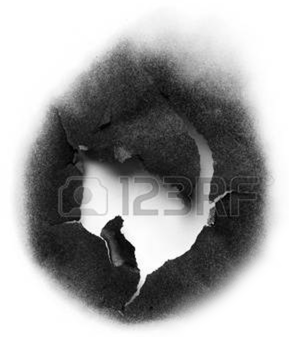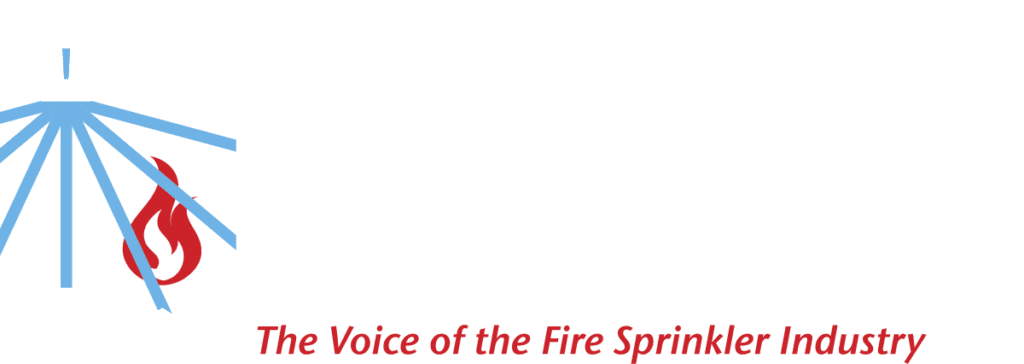4 4
4
Something went wrong...
The page you’re looking for may have been removed, had it’s name changed, or the address may be incorrect. If you feel you have reached this page in error, please contact memberservices@nfsa.org for assistance.
Return Home 4
4